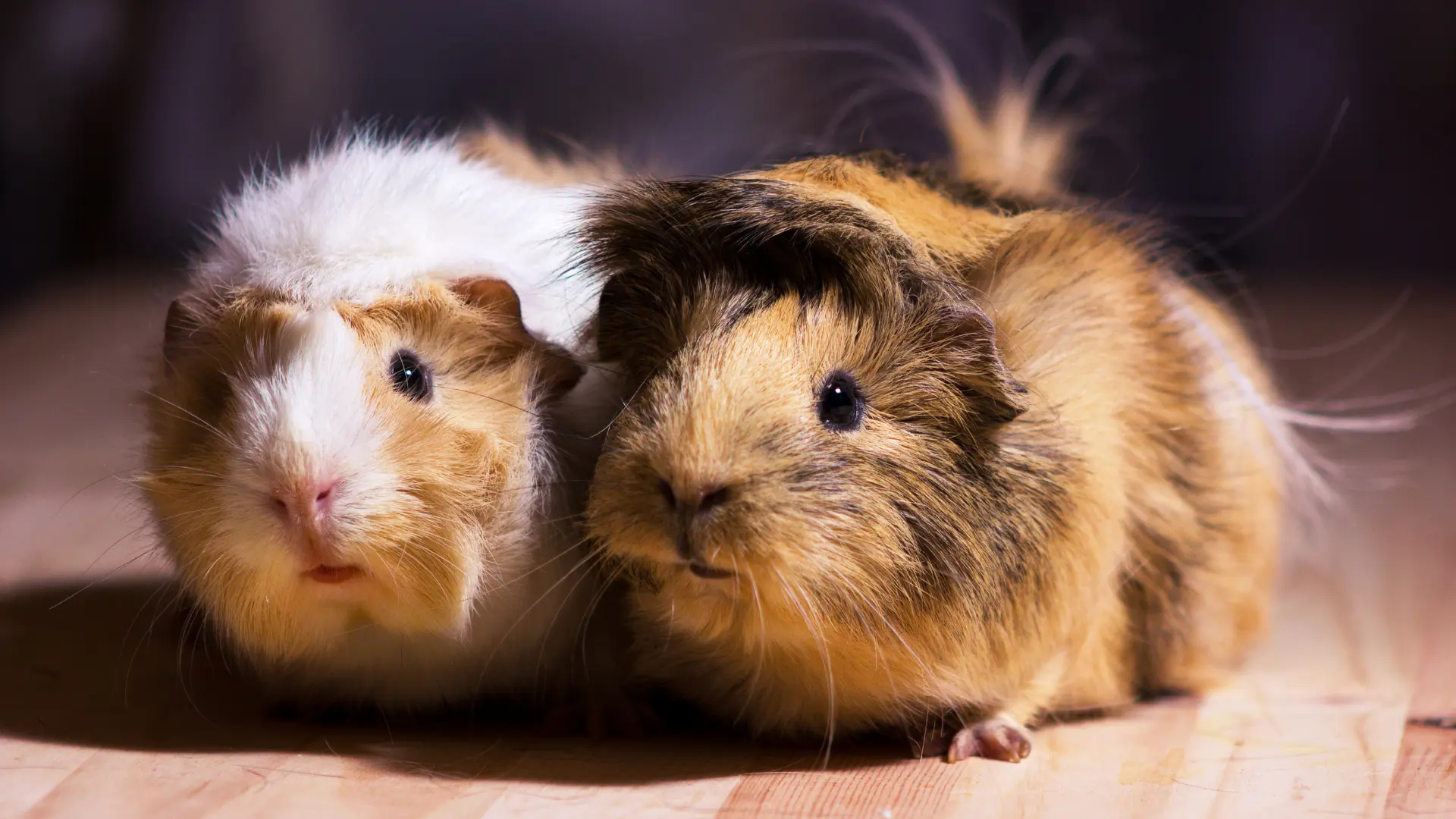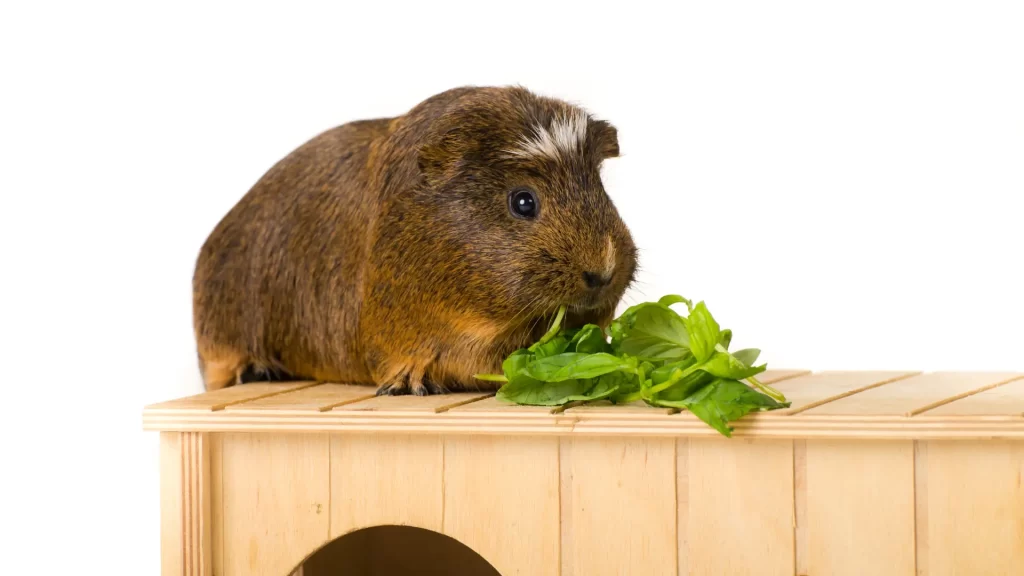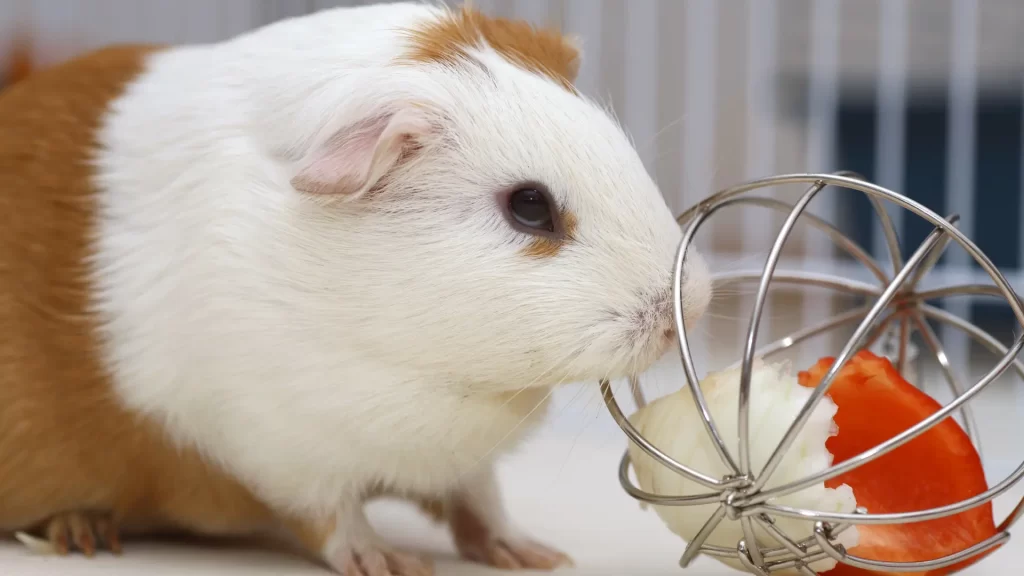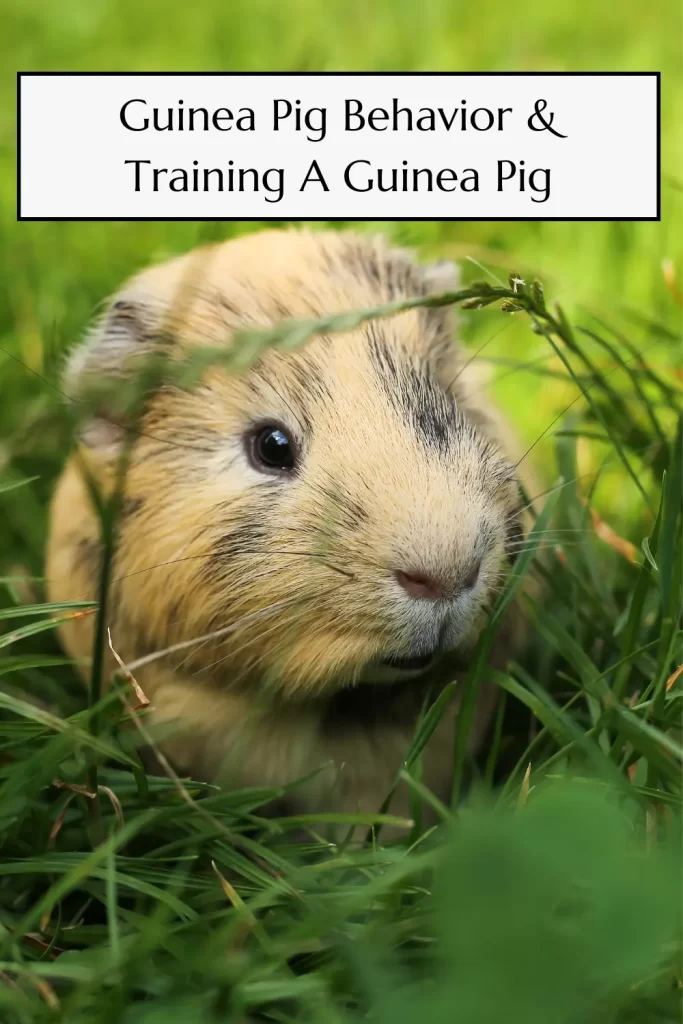
Understanding guinea pig behavior is a fundamental aspect of responsible pet ownership, ensuring that these charming creatures receive the optimal care and attention they deserve. As delightful companions, guinea pigs, or cavies, are not only intelligent but also highly social animals, making it essential to comprehend their distinctive methods of communication to foster a strong and meaningful bond with them. In this comprehensive guide, we will delve into the fascinating world of guinea pig behavior, unraveling the intricate language of vocalizations, body expressions, and actions they use to convey their emotions and needs. By mastering the art of interpreting guinea pig behavior, you will become a perceptive caregiver, capable of providing the best possible environment for your beloved furry friend.
Guinea pigs are naturally sociable creatures that thrive on companionship and interaction with their human caregivers. As such, understanding their behavior is crucial for ensuring their well-being and happiness. These intelligent rodents possess a wide range of behaviors that offer insights into their emotional state and overall health. By learning to read and interpret these behaviors, you can create a nurturing and enriched environment for your guinea pig, strengthening your bond and providing the best possible care.
Reading Guinea Pig Behavior
Guinea pigs are expressive creatures that use a range of vocalizations to communicate their feelings and needs. One of the most endearing sounds they make is the famous “wheeking” sound. This high-pitched and repeated noise is a clear indication of excitement or hunger, especially when they anticipate a tasty treat or their favorite mealtime. When you hear them wheeking, it’s hard not to be charmed by their enthusiasm and eagerness.

A content and happy guinea pig may emit a soft, melodic “purring” sound. This gentle purring is a heartwarming expression of their comfort and ease in their environment. It’s like a sweet melody that fills the air, letting you know that your guinea pig is feeling safe and content.
On the other hand, a distinct “chattering” of their teeth may occur when they are feeling anxious, uncomfortable, or fearful. This behavior is similar to teeth chattering in other animals and serves as a clear signal that your guinea pig is experiencing some level of stress. It’s essential to pay attention to this sound and assess their surroundings to identify any potential sources of unease.
A sharp and high-pitched “squeal” is perhaps the most urgent vocalization your guinea pig can make. When you hear this sound, it’s time to spring into action because it signifies distress or pain. Guinea pigs are small and vulnerable creatures, so any sign of distress should be taken seriously. When they squeal, they are calling out for your help and attention, so it’s essential to provide immediate care and comfort.
Decoding the Body Language of Your Guinea Pig
Besides vocalizations, paying attention to your guinea pig’s body language is another valuable way to understand their feelings. A relaxed and content guinea pig will have a smooth and well-groomed coat, bright and alert eyes, and a calm and composed demeanor. Observing them in this state of bliss will warm your heart and assure you that you’re doing an excellent job as a pet parent.
However, an agitated guinea pig may exhibit some telltale signs of discomfort or fear. When they feel threatened or uneasy about something in their surroundings, they may puff up their fur as a defense mechanism. Additionally, they may arch their back or expose their teeth, serving as a warning sign that they are not at ease in their current environment.
Understanding your guinea pig’s actions is yet another way to read their behavior effectively. Guinea pigs are naturally curious beings, and their actions can reveal valuable insights into their comfort level and trust towards you. When they approach you eagerly and without hesitation, it’s a sign of their confidence and comfort in your presence. This is a wonderful indication that your bond is growing stronger day by day.

As an expression of pure joy, guinea pigs might engage in the delightful behavior called “popcorning.” This adorable action involves leaping and twisting in the air, showcasing their exuberance and happiness. Witnessing this display of joy will bring a smile to your face and fill your heart with warmth.
By attentively observing your guinea pig’s noises, body language, and actions, you’ll develop a deeper understanding of your guinea pig’s emotions and well-being. This heightened awareness will help you cater to their needs better and strengthen the bond you share with your lovable furry companion. Your ability to interpret their communication signals will create a harmonious and enriched living environment for your guinea pig, ensuring they feel loved, safe, and cherished every day.
Training Guinea Pigs for Good Behavior
Training guinea pigs to exhibit good behavior involves patience, positive reinforcement, and understanding their unique nature. Here are some essential tips to help you with the training process:
1. Bonding and Trust
Establishing a strong bond and trust with your guinea pig is crucial for successful training. Spend time with them daily, offering treats and gentle interactions to build a positive association.
2. Create a Safe Environment
Guinea pigs thrive in a safe and comfortable environment. Ensure their cage is spacious, clean, and filled with toys and hiding spots. A stress-free environment promotes good behavior.
3. Litter Training
With consistency and patience, guinea pigs can be litter trained. Place a small litter box with appropriate bedding in a corner of their cage, and they will naturally use it for bathroom needs.
4. Handling and Socialization
Regular handling and socialization with your guinea pig help them become accustomed to human touch and interaction. Be gentle and avoid sudden movements to make them feel secure.
Training Guinea Pigs to Do Tricks and More
Guinea pigs, with their curious and intelligent nature, can be trained to do an array of entertaining tricks and fun activities. Engaging in training sessions with your furry companion not only stimulates their minds but also deepens the bond between you. Here are some steps to get you started on the path to training your guinea pig:
1. Start with Basics
Begin the training journey with simple commands like “come” or “stay.” Use a clicker or verbal cues, coupled with their favorite treats, as positive reinforcement when they successfully follow the command. Repeat the process consistently, and before you know it, they’ll be responding to your cues like a pro.

2. Target Training
One of the most effective training techniques is target training. Introduce your guinea pig to a target, which can be a small stick or your finger. Hold the target close to their nose, and when they touch it with their nose or paw, reward them with a tasty treat. Target training not only enhances their cognitive skills but also creates a foundation for teaching more complex tricks.
3. Agility Training
Guinea pigs possess a natural agility that can be further nurtured through playful training. Create a mini agility course using cardboard tubes, tunnels, and small hurdles. Encourage your guinea pig to navigate the course, guiding them with treats and heaps of praise. This not only boosts their physical abilities but also infuses their daily routine with excitement and joy.
4. Offer Treats
Guinea pigs are renowned foodies, and treats are a powerful motivator during training. Use their favorite treats, such as fresh fruits or vegetables, to incentivize and reward them when they perform tricks correctly. Just remember to use treats in moderation to maintain a balanced diet.
5. Be Patient
Like any training process, teaching guinea pigs tricks requires patience and consistency. Each guinea pig learns at its own pace, so avoid rushing or becoming frustrated. Keep training sessions short and positive, and always end on a high note with lots of praise and cuddles.
6. Keep it Fun
Training should be an enjoyable experience for both you and your guinea pig. Incorporate playfulness and creativity into the sessions, allowing them to express their unique personalities and preferences. Experiment with different tricks and activities, and adapt the training to suit their individual interests.
As you embark on the adventure of training your guinea pig, remember that building a strong bond is just as significant as teaching tricks. The time spent together during training sessions fosters trust and mutual understanding. Embrace the process with love, enthusiasm, and a sense of adventure, and you’ll find that your guinea pig is not just a pet but a true and entertaining companion.


